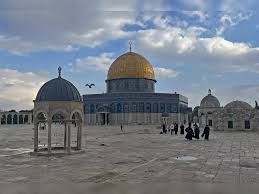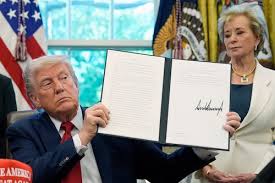
The al-Aqsa compound in Jerusalem’s Old City has been a focal point of tension between Jewish and Muslim worshippers. A recent visit by far-right Israeli lawmaker Zvi Sukkot, who prayed at the site despite the status quo agreement prohibiting Jewish prayer, has sparked controversy.
Sukkot’s visit was marked by a heavy police presence, and he claimed that Arabs were not allowed to come near the Jewish worshippers. The status quo agreement, in place since 1967, allows Muslims to pray at the site while permitting Jews to visit.
The Temple Mount Administration reported a surge in Jewish worshippers visiting the site during Passover, with a daily record of 2,106 attendees. Far-right Israeli Minister of National Security Itamar Ben Gvir praised Sukkot’s visit, highlighting the ongoing efforts to promote Jewish worship at the site.
The situation remains volatile, with potential implications for the region. As tensions continue to rise, it’s essential to understand the complexities surrounding the al-Aqsa compound and its significance to both Jewish and Muslim communities.





Good https://is.gd/tpjNyL
Good https://lc.cx/xjXBQT
Good https://lc.cx/xjXBQT
Good https://lc.cx/xjXBQT
Awesome https://is.gd/N1ikS2
Very good https://is.gd/N1ikS2
Awesome https://is.gd/N1ikS2
Very good https://is.gd/N1ikS2
Good https://is.gd/N1ikS2
Good https://is.gd/N1ikS2